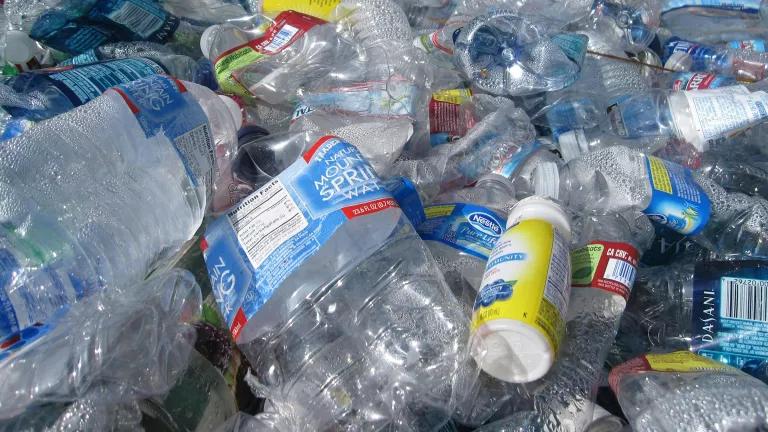A new paper published in "NEW SOLUTIONS: A Journal of Environmental and Occupational Health Policy," discusses an analysis of radioactive waste sludge in two pit sites related to drilling and fracking of Barnett Shale wells. Both sites are in the midst of agricultural land. One site was a former pit which had been drained and leveled to the surrounding elevation and the second is a pit that, at the time of sampling, held drilling mud, water for hydraulic fracturing, processed water and/or drill cuttings.
The analysis confirmed the presence of alpha, beta, and gamma radiation in the soil and water that was tested. The gamma-emitting radionuclides identified exceeded regulatory guideline values by more than 800 percent. According to the paper's authors, the active pit was overflowing into a neighboring stream.
The authors also report that agricultural land adjacent to the drained reserve pit may have an increased potential for radioactive material taken up in livestock feed crops growing on the land due to wind transport, runoff, and migration of soil onto adjacent land.
NRDC has long argued that oil and gas waste should be subject to federal hazardous waste rules under the Resource Conservation and Recovery Act. Evidence continues to grow about this waste being dangerous and getting into the human environment. This paper is just part of the mounting evidence that points to the dire need to close this loophole in a bedrock environmental protection.




